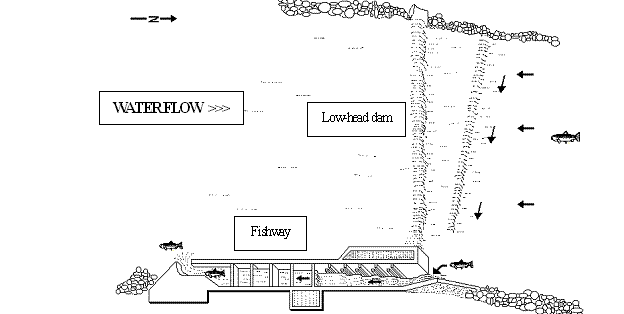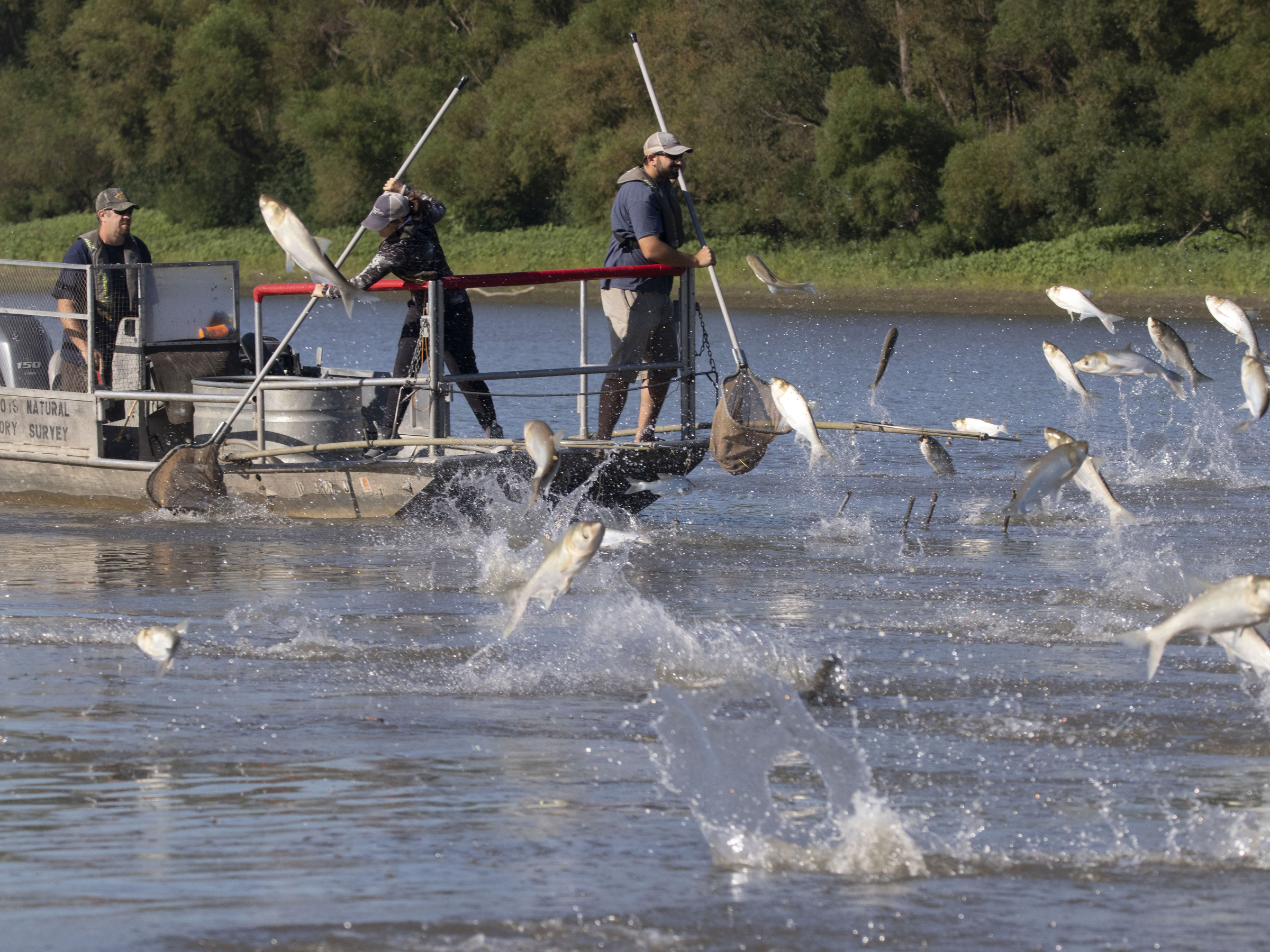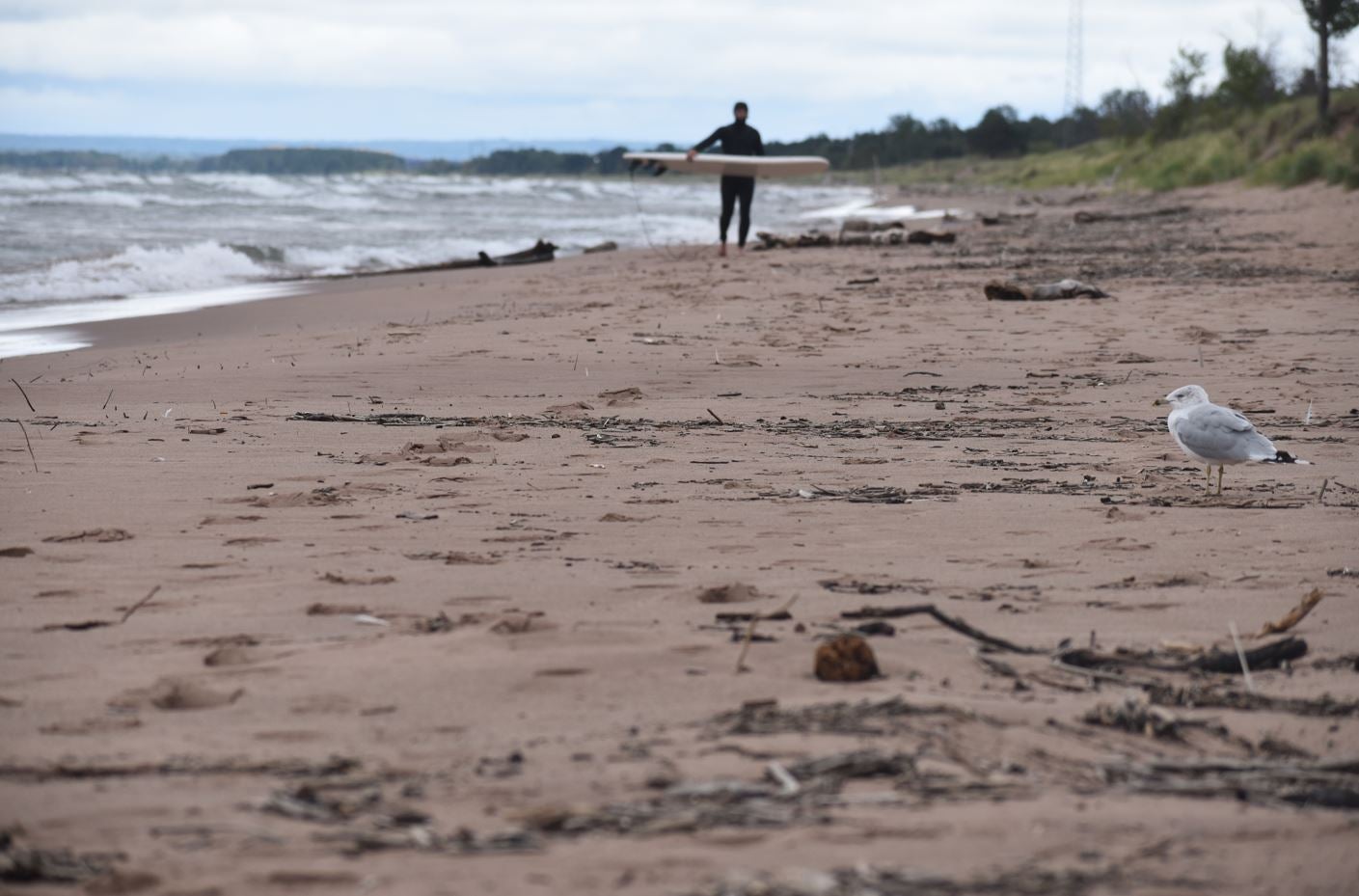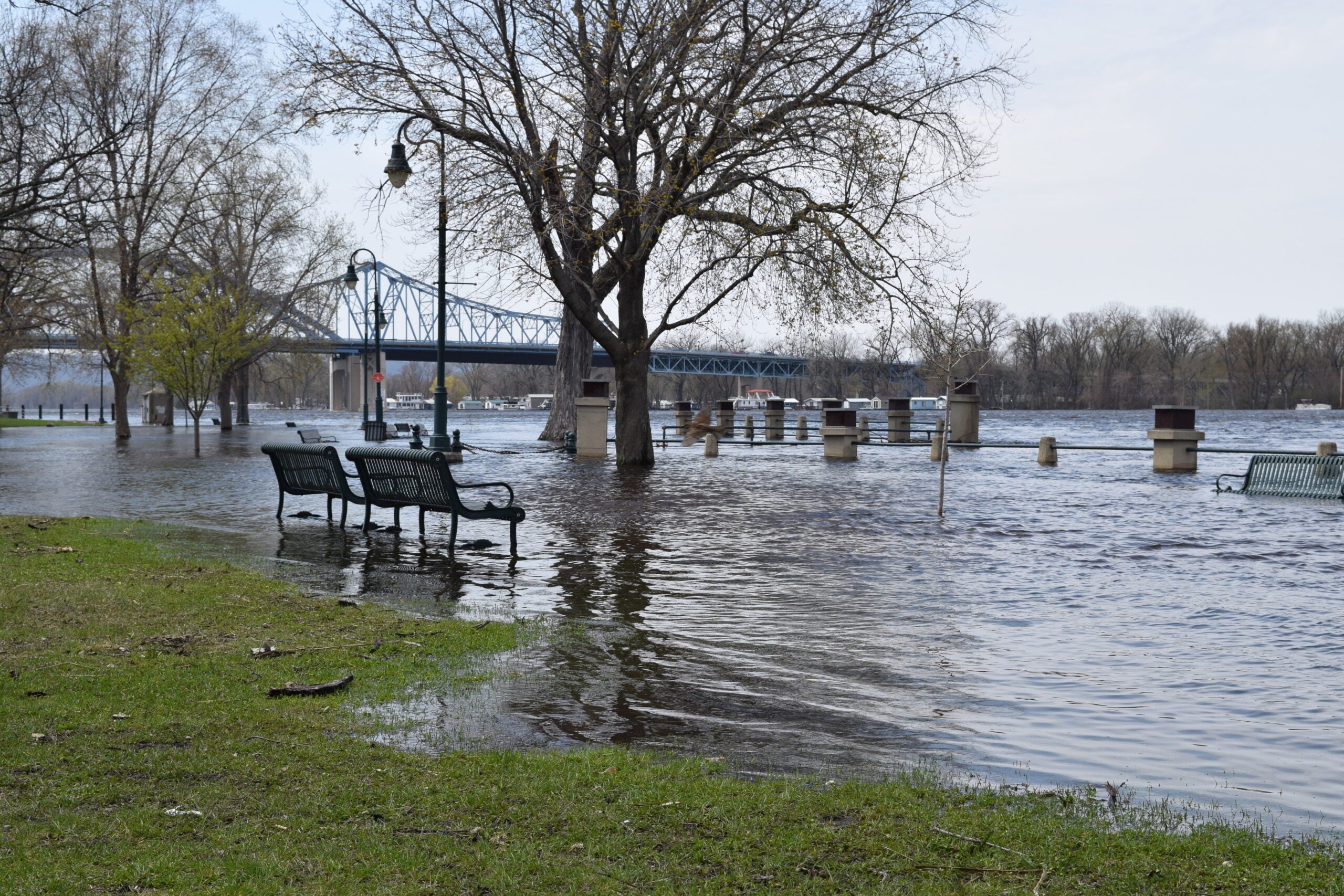A federal report says there’s a moderate chance that a fish-killing virus could move from the Great Lakes Basin to the Mississippi River Basin in Wisconsin.
With mainly Asian carp in mind, the Army Corps of Engineers has been looking at aquatic pathways between the Mississippi and the Great Lakes. A new set of draft reports on Wisconsin makes no mention of carp making an inter-basin jump within the badger state. But the pathways assessment says there’s a moderate chance viral hemorrhagic septicemia or VHS could transfer from the Great Lakes basin to the Mississippi basin at two locations in Columbia County, one in Fond du Lac County and at the Brule headwaters in Douglas County.Corps of Engineers project manager Martin Wargo says the Brule has a weak spot, “On the Brule river there’s a sea lamprey barrier that allows for passage of brown trout.’
Wargo says the moderate transfer rating for the three central Wisconsin sites is due to a VHS-infected carp from Lake Winnebago making it above barriers five years ago. The Wisconsin DNR helped with the pathway assessments. Aquatic invasive species coordinator Bob Wakeman says the state’s response may be very site specific, “A wetland would be very different from an area with two tributaries.”
Stay informed on the latest news
Sign up for WPR’s email newsletter.
Wakeman says solutions could also depend on who owns the land. The corps of engineers will accept public comments on the Wisconsin pathways report for the next month.
Wisconsin Public Radio, © Copyright 2024, Board of Regents of the University of Wisconsin System and Wisconsin Educational Communications Board.






